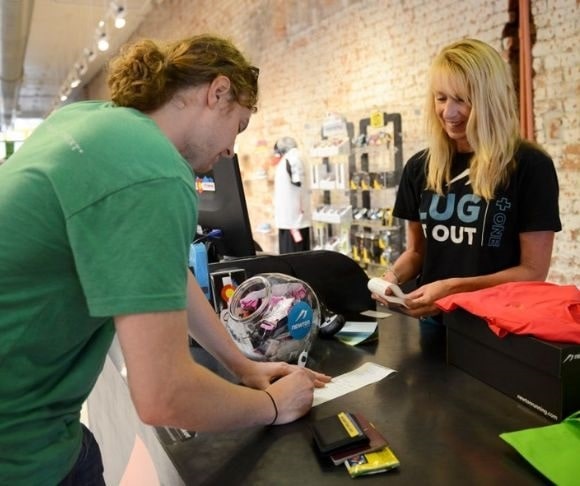Is this the “nothing is what it seems” economy? The latest US retail sales numbers might support the bears’ notion that everything about the current economic landscape is artificial, requiring a deeper dive beneath the surface to determine that many components are not benign in the 2023 marketplace. Are consumers really that confident in the national economy, or is there more to the story? It could be a bit of both.
Retail Sales Smash Expectations
In January, retail sales surged 3%, up from -1.1% in December, according to the Census Bureau. This also topped the market estimate of 1.8% and represented the best month-over-month performance since March 2021. On an annualized basis, retail trade climbed 6.4% last month. In addition, retail sales ex auto and ex gasoline/auto rose at a better-than-expected pace of 2.3% and 2.6%, respectively.
This will certainly lend credence to the idea that the Federal Reserve may engineer a soft landing, successfully averting a recession. But as the 46th president is fond of saying, here’s the deal.
The pop in retail sales was driven mainly by consumption at department stores, which soared by 17.5%. The reason for this had to do with post-holiday liquidation events. Retailers, many of which possessed bloated inventories, tried to get rid of their stuff and welcome next season’s stock. This was similar to last year when the retail sector enjoyed a 2.5% increase in sales. That said, all 13 retail categories climbed to kick off 2023, such as restaurants and bars (+7.2%), automobiles and car parts (+5.9%), and furniture (+4.4%).
But what about rampant price inflation? Well, there are two things on this front. The first is that real retail sales (inflation-adjusted) have been relatively flat for the last ten months. The second is that the erosion of Americans’ purchasing power in the last couple of years means shoppers spent more but received less, which was apparent during the disappointing holiday season receipts. Indeed, customers might have been given discounts for their t-shirts, toasters, and televisions, but they still spent more on food and gasoline.

(Photo by Lewis Geyer/Digital First Media/Boulder Daily Camera via Getty Images)
And then there is the elephant in the room: credit card debt. According to the latest quarterly statistics from the Federal Reserve Bank of New York (FRBNY) and TransUnion, total credit card debt surged 18.5% year-over-year in the fourth quarter to an all-time high of $930.6 billion. The average balance increased to $5,805. This is not the end of the story either because the average interest rate is between 21.2% and 23.55%, meaning shoppers are being hit with immense debt-servicing costs as they try to keep their heads above water.
“Whether it’s shopping for a new car or buying eggs in the grocery store, consumers continue to be impacted in ways big and small by both high inflation and the interest rate hikes implemented by the Federal Reserve,” said Michele Raneri, vice president of US research and consulting at TransUnion, in a statement. “If more moderated rate hikes continue, it would be a good sign that the increases have been working, and that some relief from high inflation may be on the horizon. Until then, we fully expect consumers to continue to look to credit products such as credit cards, HELOCs and unsecured personal loans to help make ends meet and put themselves in stronger financial standing moving forward.”
Is it any wonder half of Americans say they are worse off now than they were a year ago? And yet, the February University of Michigan Consumer Sentiment Index surged to a ten-month high of 66.4. What’s the deal with this economy?
Always Be Checking
To paraphrase Alec Baldwin in the classic 1992 film Glengarry Glen Ross: Always be checking. Be it, politicians or investors, everyone takes a glance at the headline print, cheers or jeers, and then goes on with their day. However, grabbing a magnifying glass and combing through the numbers is always crucial in this market. When this task is performed, it becomes clear that conditions are less rosy than the leading figures indicate. This is true of the US labor market, the consumer price index (CPI) report, or, in this instance, the January retail sales report from the Census Bureau. When the consuming public relies on credit cards to cover basic essentials, is there any reason to celebrate these numbers?




